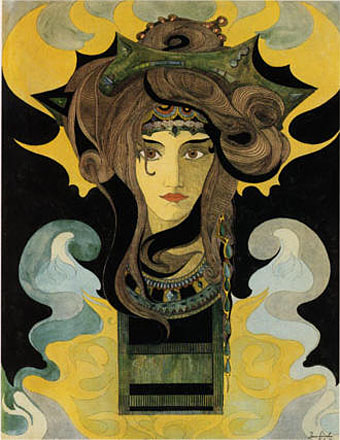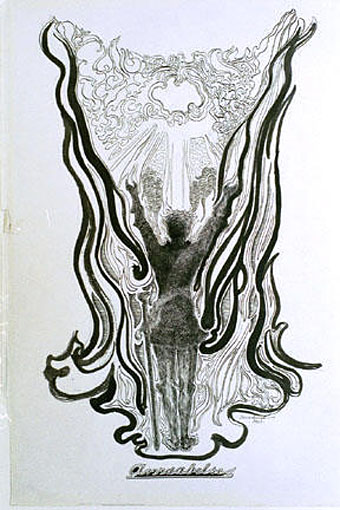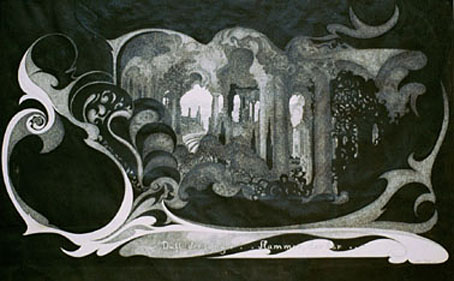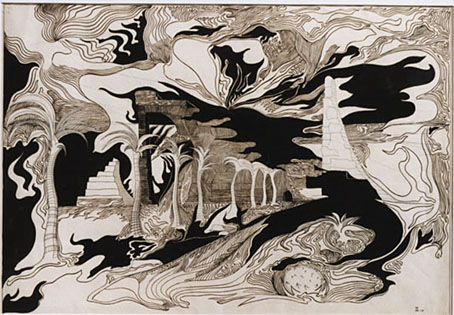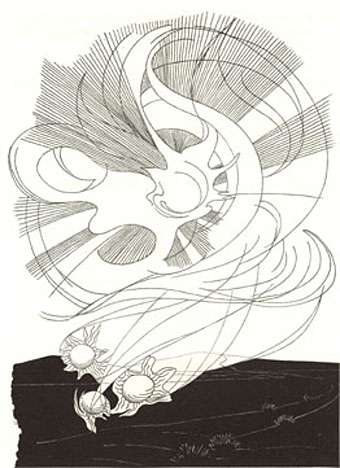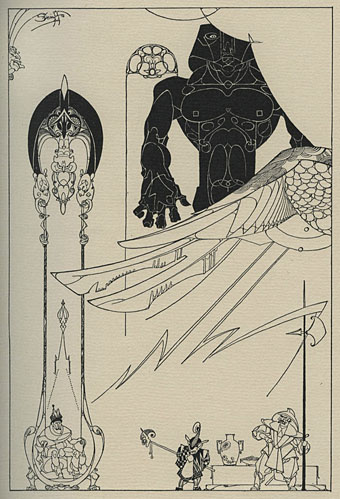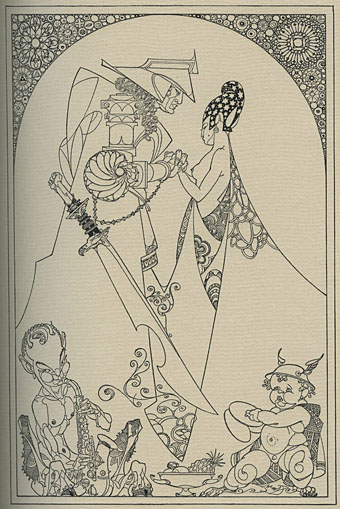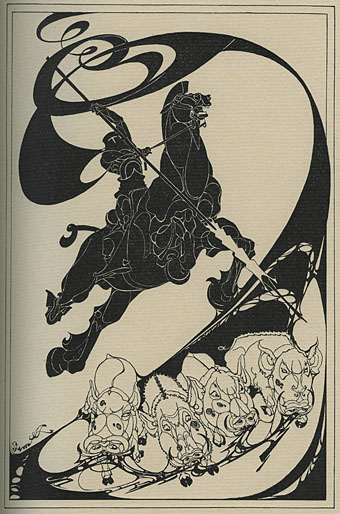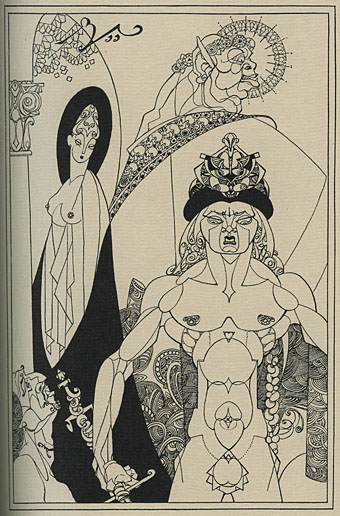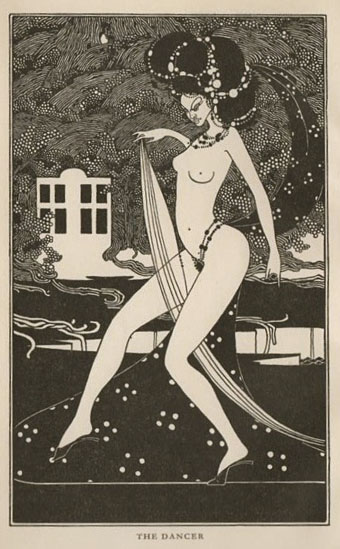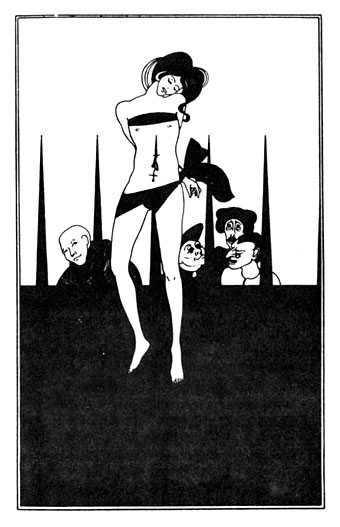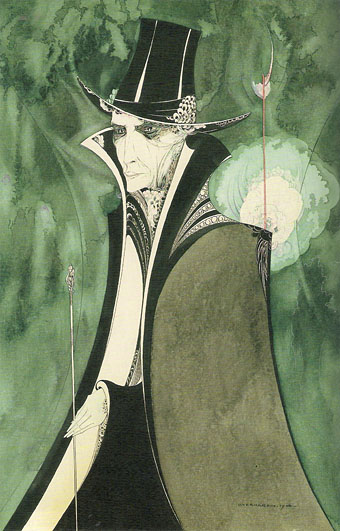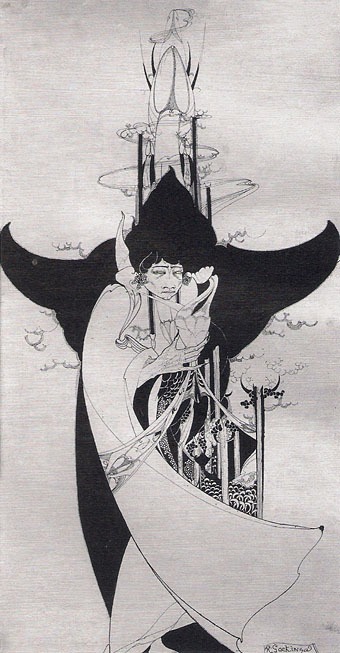
It’s been a while since I found another illustrated edition of Baudelaire’s poems but there are still more of them out there. This surprises me a little considering the nature of Baudelaire’s writing, you can’t imagine Anglophone fin-de-siècle publishers lavishing such attention on poems which are morbid and erotic to this degree. Beresford Egan illustrated an edition of Les Fleurs du Mal but this was published in 1929 by which time Continental decadence was regarded in a more favourable light.

Armand Rassenfosse (1862–1934) was a Belgian artist whose 1899 edition of Baudelaire is what the French would call the artist’s chef d’oeuvre, a limited reprint of Les Fleurs du Mal illustrated with colour etchings on nearly every page. Rassenfosse’s approach is much more Symbolist in tone than the near pornography of Manuel Orazi, presenting a succession of idealised figures (naked women for the most part) in nebulous spaces. I was hoping he might have produced more in this style but his other work tends to be poster design and painted studies of female dancers in various states of undress.




